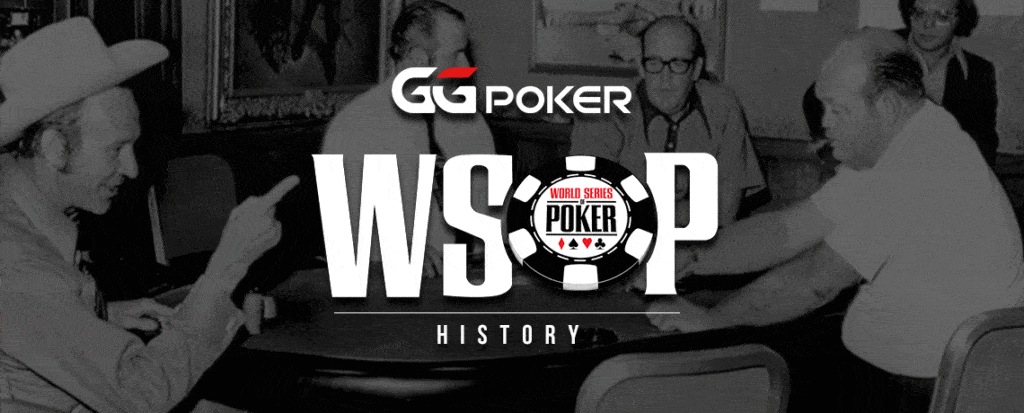The Story of the 1979 WSOP Main Event
The 10th year of the World Series of Poker saw glamour like never before, with a dozen events thrilling poker fans across America. Whilst the World Series of Poker was not yet the global behemoth it is today, its reputation was growing. And with the Main Event victory being claimed by the first-ever amateur winner, the future of poker was brighter than ever before. In 1979, poker legends young and old gathered at Binion’s Horseshoe in Las Vegas and in the words of the CBS Sports Spectacular’s legendary introduction, “Some of the best amateur and pro poker players in the world are gathering to find out who knows best. How to hold’em… and how to fold ‘em.”
Gamblers Assemble in Las Vegas
That opening quote from the CBS Sports coverage of the WSOP Main Event came to astonishing footage of players arriving in the gambling capital of the world. It came, of course, less than six months after the release of perhaps the most popular poker-related song in history, Kenny Rogers’ The Gambler, which had made it to the airwaves in November of 1978.
If 1979 was to eventually become known as the ‘Year of the Amateur’, you would never have guessed it from the opening events and growing circus that by now followed the WSOP into Las Vegas every Spring. Yes, back in 1979, the World Series of Poker was held across a 12-day period in mid-May, with a dozen tournaments – one more than the previous year – welcoming players from across America.
As Benny Binion was quoted as saying, “Those who have the gold make the rules.”
The opening event was a $10,000 No Limit 2-7 Draw Lowball event and the man who won the $90,000 top prize was the same man who had won the final WSOP bracelet of the 1978 series, Bobby Baldwin. By this point, ‘The Owl’, so called for his wise, studious appearance and chess-like gaming mind, was one of the favorites to win any poker tournament, so it was no surprise when he triumphed heads-up against Byron Wolford, an American rodeo cowboy who would carve out something of an odd reputation at the World Series during his early years at the festival. Notorious for winning over a million dollars in his poker career, many of his cashes came from second place finished, so much so that he was often seen as the perennial ‘runner-up of the regulars.’
The rodeo champion, who once set a world record for calf roping at Madison Square Garden and was a Calgary Stampede two-time champion, was much loved by the poker world. While he had to wait for that elusive WSOP bracelet, it would come… many years later.
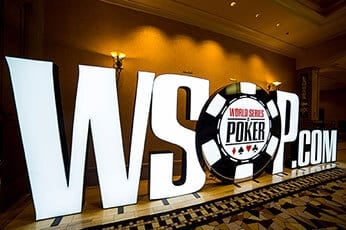
Islands in the Vegas Sun
If the whole world had Kenny Rogers ringing in their ears when the 1979 WSOP took place, so too did the organizers. After young phenom Gary Berland scooped two more consecutive bracelets, Events #2 and #3, winning the $500 Seven Card Stud and the $1,000 Seven Card Stud Split for a total of $44,400 in winnings, a brand-new event pitched male and female players together for the first time at the World Series.
Kenny Rogers and Dolly Parton weren’t to release Islands in the Sun for another four years, but perhaps they had inspiration from Sin City for that famous tune. Doyle Brunson and Starla Brodie were the first male-female combo team to win a WSOP bracelet together when they triumphed in the popular $600-entry ‘Mixed Doubles Seven Card Stud’ event, winning the top prize of $4,500 each. Just 24 years old when she won alongside Doyle, Starla Brodie won two more WSOP bracelets in her time, eventually taking down the 1995 Ladies Event for $57,030 during a completely different era of poker.
After the Mixed Doubles event, Babara Freer won the $400-entry Ladies Limit Seven Card Stud event for $12,720 before Perry Green sealed gold for the third and final time in his career, taking down the $1,500 No Limit Hold’em Non-Pro event for a huge payday of $76,500, beating Jim Bechtel heads-up. Two bracelets arrived for Lakewood Louie in $1,000 Ace-to-5 Draw Lowball and in the $2,000 ‘Draw High’ events before Sam Mastrogiannis won his first WSOP title in Razz for $22,200.
The antepenultimate event to run before the WSOP Main Event was the $5,000 buy-in Seven Card Stud event, and it was won by Johnny Moss, who took home $48,000 and extended his record number of WSOP titles to seven in the process. The final pre-main event tournament was a $1,000 No Limit Hold’em. Attracting 97 players, it ended with Dewey Tomko winning his first WSOP bracelet and $48,000. That achievement was marked along with several others as the Poker Hall of Fame was opened by Benny Binion. In 1979, seven players were inducted, with Johnny Moss, Nick ‘The Greek’ Dandolos, Felton McCorquodale, Red Winn, Sid Wyman, James Butler Hickok, and Edmond Hoyle all earning their stripes.
The professionals had been recognized. The scene was set for the WSOP Main Event… where a surprise lay around the corner that no-one saw coming.
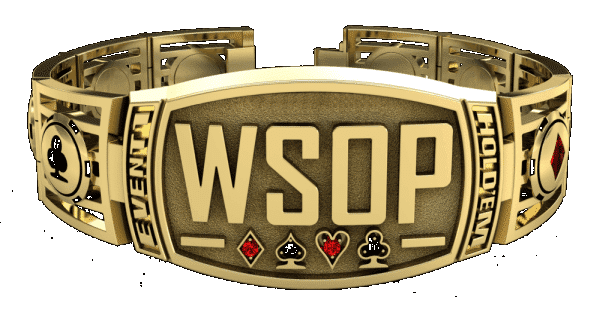
A Trio of Champions Fall
Before the Main Event, Frank Glieber asked Jimmy ‘The Greek’ exactly what his co-commentator liked having picked the winner the previous two years. “People like Baldwin, Crandell Addington and Doyle have to be the favorites, but when you have 54 players with a $10,000 buy-in, anybody can get knocked out on one hand.”
With $540,000 up for grabs, the first-place prize was $270,000, with the runner-up set to earn $108,000, $81,000 for third, $54,000 for fourth, and a $27,000 ‘min-cash’ for coming fifth. Minnesota Fats was one of the players as celebrities seemed keen to join in the 10th annual World Series of Poker in the Main Event.
“Card gamblers are 100 to 1 over anyone else on Earth. At different intervals in life, they were the best. Whoever wins this championship… I wanna see results, not stories. The guy that wins this is the best.”
Two women were in the mix, but neither Betty Carey of Barbara Freer managed to make the money. Nor did three former WSOP world champions, with Doyle Brunson, the 1976 and 1977 winner, Brian ‘Sailor’ Roberts and Amarillo ‘Slim’ Preston – who arrived on horseback – all crashing out on Day 1. Day 2 saw another former winner make his way from Binion’s Horseshoe, as Puggy Pearson, the 1973 Main Event winner, lost his way and eventually his seat, meaning only Johnny Moss and the reigning champion Bobby Baldwin in with a chance of victory as the third and final day of the 1979 Main Event began.
Lakewood Louie Hits a Royal Flush
One landmark hand saw Lakewood Louie win with a unique hand. George Huber set Louie all-in and got a very quick call, as Louie won with a Royal Flush, the first ever seen at the World Series of Poker in its 10th year. It was at this point that Amarillo Slim correctly predicted that George Huber would reach the final three, but he rejected the idea that there was a battle raging between young players and old poker players.
“Those cards can’t tell if there’s a young man behind them or old man behind them. When it gets down to the last 10 guys, there’s not 5% difference between their playing ability.”
It was David ‘Chip’ Reese who bubbled in 1979, leaving the five remaining players in the money, with fellow players and poker fans filling the room around the final table. The reigning champion, Bobby Baldwin, spoke with pride about the growing game, each section of the players involved, and their ability to improve others’ games.
“Players are getting a lot better, especially in the amateur field, they’re 1,000% better than in 1977. Part of it is being around players who play better than you do. It improved [older players] play and they in turn improve our play, they know more about people. We improve them, and they improve us.”
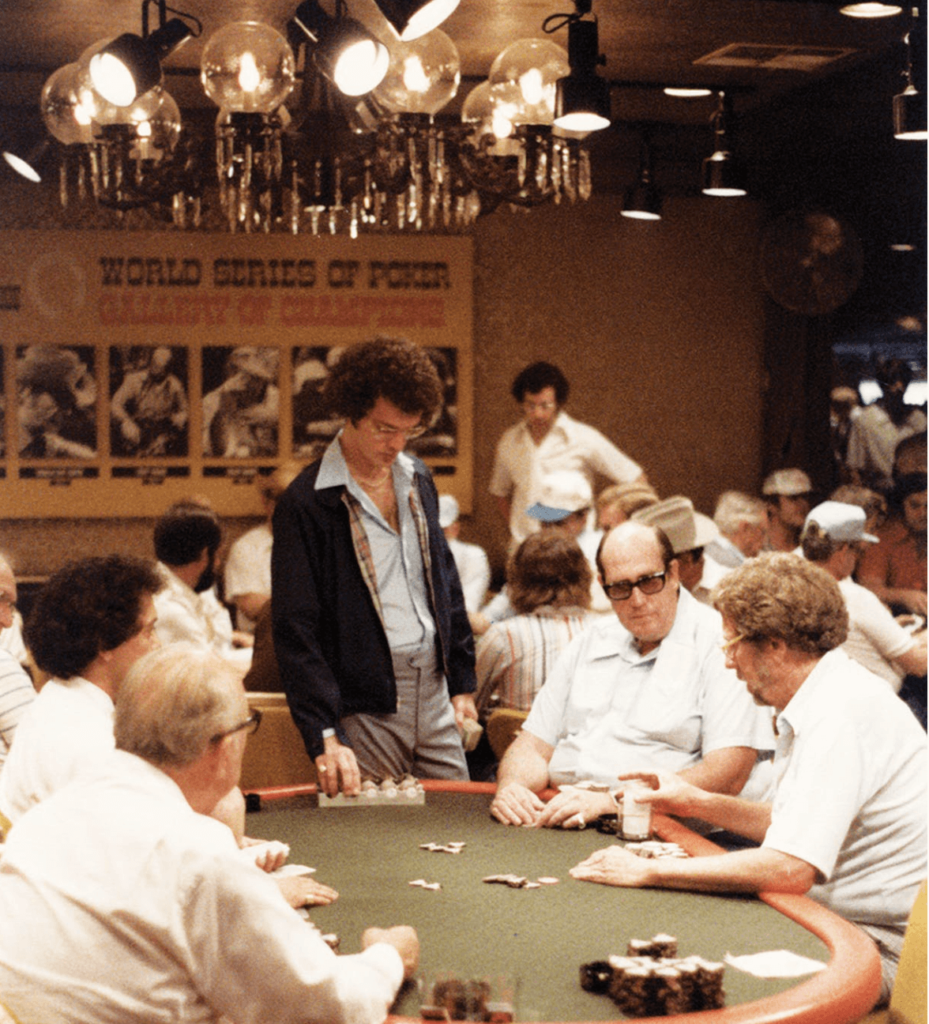
Hal Fowler Become First Amateur to Win ‘The Main’
Johnny Moss busted in fifth place, his ace-queen losing to Bobby Hoff’s paired ace-ten on the ten river. The Grand Old Man of Poker was out and four new potential champions remained. At that point, the ‘dark horse’ Hal Fowler was asked why he makes such quick decisions at the felt.
“I’ve been playing for a long time,” he said. “I’ve played Hold’em for eight years, I make my decisions right away.”
After Sam Moon ran card dead and George Huber busted in third, Bobby ‘The Wizard’ Hoff went into the final showdown with the lead against the amateur Hal Fowler. The previous year, Hoff had taken Fowler out of the Main Event on Day 1 in a painful elimination, and if he could repeat the trick in 1979, he would be world champion. Incredibly, both men had been the two short stacks in the event at the close of the 1979 Main Event, in 33rd and 34th place on the leaderboard. Now they were heads-up to win $270,000.
Two double-ups for Fowler, including the second, where Bobby Hoff called the biggest pot of the WSOP’s decade-long history. Fowler’s ace-high flush won over Hoff’s king-high flush and that gave the amateur a vital 2:1 chip lead.
At a few minutes before 3am, it was all over. Hoff was all-in for less than 10% of the chips in play and Fowler made the correct call, holding seven-six offsuit. Hoff who was sitting with pocket aces, shoved on a board of J-5-3-4. Unfortunately, he was drawing dead to the river when Fowler called with the turned straight. The PR man from Los Angeles had done it, winning the biggest prize any amateur could in poker and laying a path many others would follow over the decades to come.
The debate between old players and the young contingent rising through the ranks would reach its apex in 1980 when a player known simply as ‘The Kid’ would win the Main Event. But there was nothing simple about him.
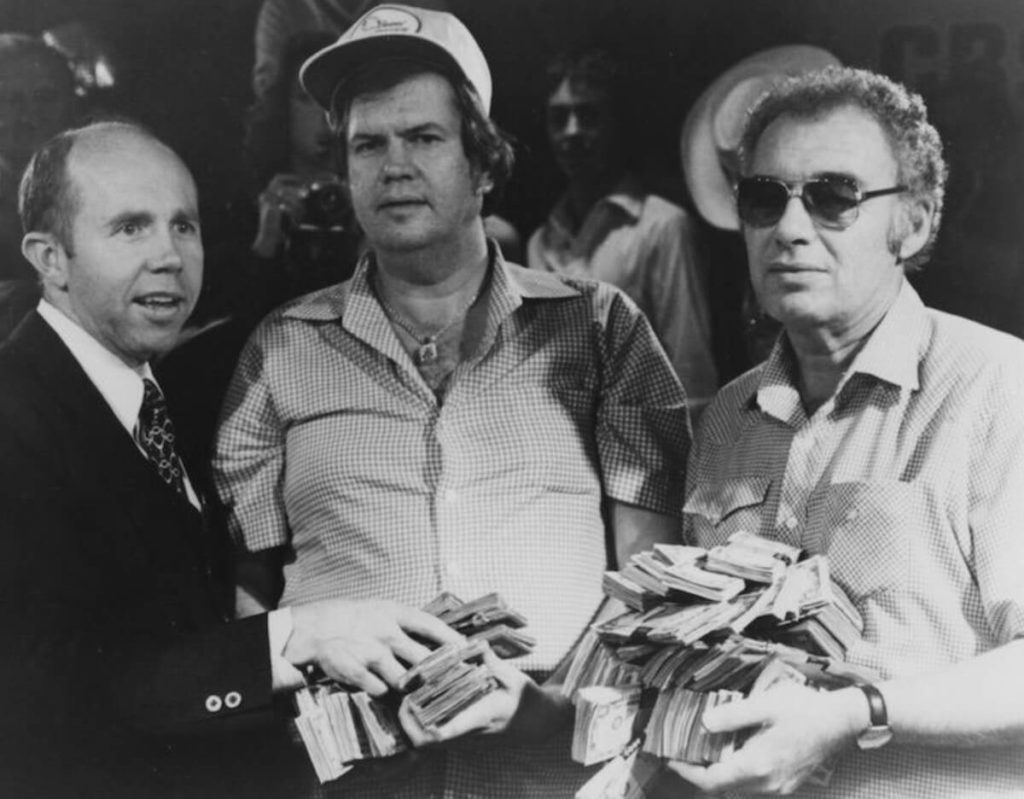
1978 WSOP Main Event 1980 WSOP Main Event
About the Author: Paul Seaton has written about poker for over 10 years, interviewing some of the best players ever to play the game such as Daniel Negreanu, Johnny Chan and Phil Hellmuth. Over the years, Paul has reported live from tournaments such as the World Series of Poker in Las Vegas and the European Poker Tour. He has also written for other poker brands where he was Head of Media, as well as BLUFF magazine, where he was Editor.
